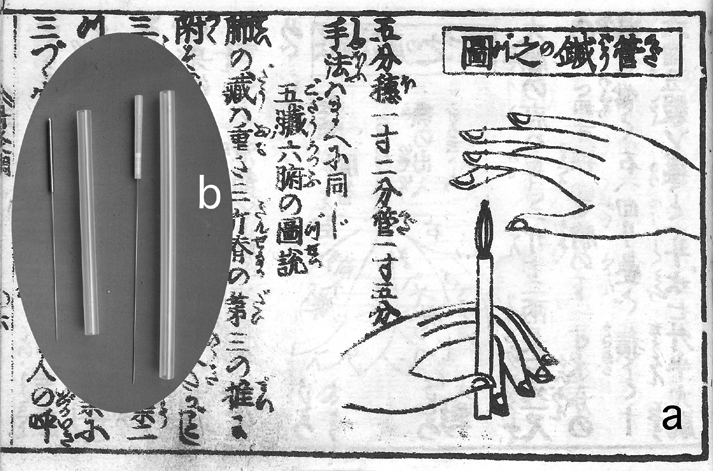Personal construct therapy improves symptoms of depression in women with fibromyalgia CREDIT Chronic Joy Ministry
Fibromyalgia is a rheumatic disease of unknown origin, which is characterized by chronic pain and often accompanied by symptoms of depression. It mainly affects women, and there is no cure, but various treatments can help relieve the symptoms.
Cognitive-behavioural psychological therapy has proven to be a useful tool in this area. Now, a multicentre study involving researchers at the Universitat Oberta de Catalunya (UOC), the University of Barcelona (UB) and the Universidad de Las Américas (UDLA) in Ecuador, and published in open access format in the journal International Journal of Clinical and Health Psychology, has recently proven that another form of psychological therapy, called personal construct therapy, is just as effective in reducing depressive symptoms and improving patients’ quality of life. According to Mari Aguilera, a researcher belonging to the GRECIL interuniversity group, as well as a professor in the Faculty of Psychology and Education Sciences at the UOC and the UB and the co-lead author of the study with the researcher at the Universidad de Las Américas in Ecuador Clara Paz, these results make it possible to “expand the range of effective therapies and increase the flexibility to adapt to each patient’s particular characteristics and needs“.
106 women in a pioneering multicentre study
The study, which was coordinated by the UB full professor of Psychology faculty and the Institute of Neurosciences Guillem Feixas, included 106 women with fibromyalgia and depressive symptoms who were treated in ten different places: two mental health centres and eight primary healthcare centres. The association between fibromyalgia and depression is common in these patients, and appears to work both ways: each one increases the risk and aggravates the characteristics of the other.
The volunteers followed a weekly course of psychological therapy for approximately four months. Half of them received standard cognitive-behavioural therapy, which has already been shown to be moderately effective in this type of patient. The other half followed a treatment based on personal construct therapy – a different approach “focused on people’s identity, how they see themselves, how they see what happens to them and how they see others,” explained Joan Carlos Medina, a member of the Faculty of Psychology and Education Sciences at the UOC, and a researcher at the UB.
The results of the study show that both the therapies reduced symptoms of depression in approximately 60% of the women taking part, and that there were no significant differences between the treatments. Furthermore, they also showed improvements in terms of the disease’s impact on their daily functioning and in terms of pain. In specific terms, approximately one in four patients who received personal construct therapy significantly improved their functioning in the medium term, and one in six experienced reduced pain.
More tools for personalization
“Fibromyalgia has no specific known cause and there is no cure, but a psychological improvement has an impact on physical health,” explained Aguilera. This is particularly important in a disease “which is still questioned by some doctors, and which is often considered less important due to the fact that it mainly affects women,” she added.
The standard cognitive-behavioural therapy “is more interested in how to change behaviour than the reason behind it,” said Aguilera, while personal construct therapy is focused in particular “on how you build your world and what you give meaning to. But it’s not so much about setting them against each other, as seeing whether the two of them can be useful from a different perspective.”
Some studies have shown that personal construct therapy could be useful in treating depression, for example, but apart from a small pilot study, “this is the first time that this type of therapy has been studied and shown to be helpful for fibromyalgia patients,” explained Medina. Having more proven resources means that they can be adapted to the patients’ preferences. “It helps us to personalize treatments, and adapt them better. We have more tools for listening, learning and proposing strategies,” he concluded.



